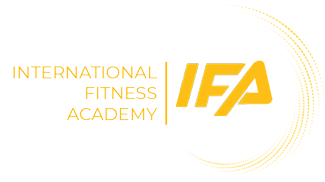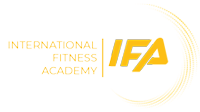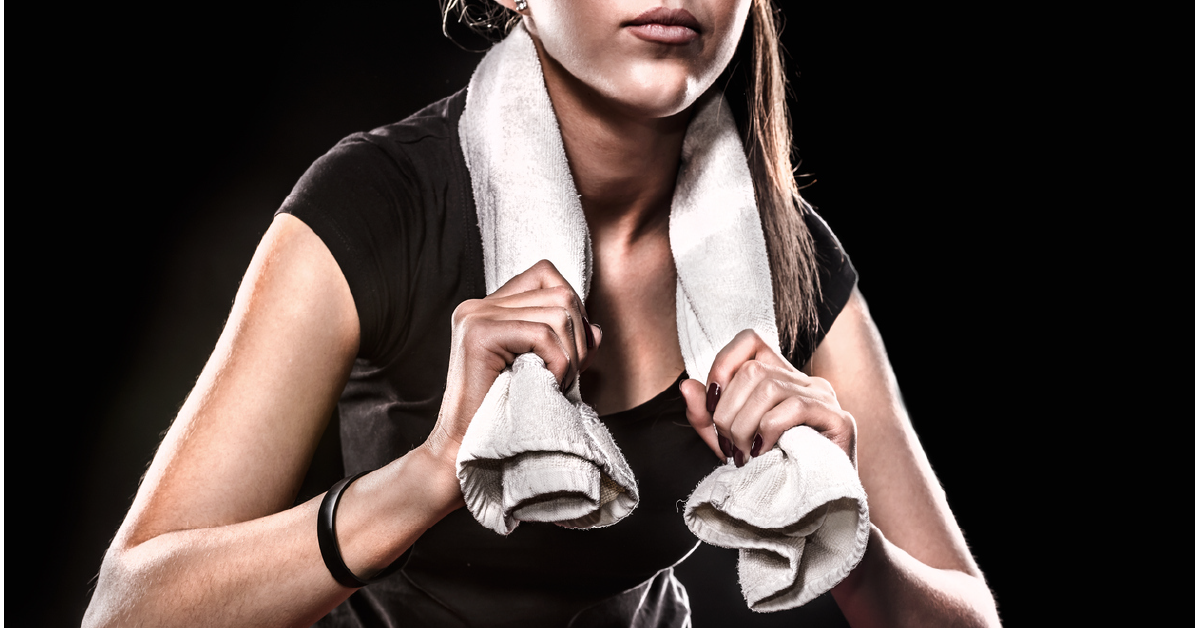By Rhys Davies, IFA Training Director
As Personal Trainers, we are always thinking about the “whole” body workout. Whether we are posting training sessions for legs, arms, or core, by the end of the week we aim for our clients to “feel the burn” in every muscle.
But perhaps we sometimes forget about some of the smaller muscles that still need tending to, and are perhaps the most important in our bodies.
I am referring to your deep cervical flexors.
Chances are you have never thought about these muscles as “needing a workout”, but they are important for proper head positioning, back strength and posture.
Deep cervical flexors include the Longus Colli and Longus Capitis, which help stablise your neck and improve head positioning.
If you spend hours on end in front of a computer (guilty), then these muscles will be weak and you will find your chin being tilted upwards, and your shoulders slumped.
By strengthening the deep cervical flexors, you can reduce these things and help with any neck pain you may have after training.
How to train these muscles:
Lie flat on your back
Tuck your chin downwards
Lift your head using only your neck
Try hold this position for 20 seconds.
It’s not easy, huh?
Weakness in these muscles can lead to cervical and thoracic pain, and even headaches, so it is super important to stretch and train these muscles every week.
Other exercises you can do to train these muscles include:
Head Nods
Head nods can be performed from the same position as the above, and while keeping your head straight, lift your head off the bed or floor. Only bring your head up 3 to 4 inches. Hold this position for three seconds, and slowly lower your head back. Repeat this exercise 10 to 15 times, twice per day.
Quadruped Exercise
Starting on all fours and do chin tucks or nods, then bring your head all the way back up, so you are looking straight ahead, and not down at the ground.
Postural Correction
Stand with your back against a wall with the back of your head touching the wall. Keep your feet about 6 inches in front of the wall.


 BLOG SERIES
BLOG SERIES